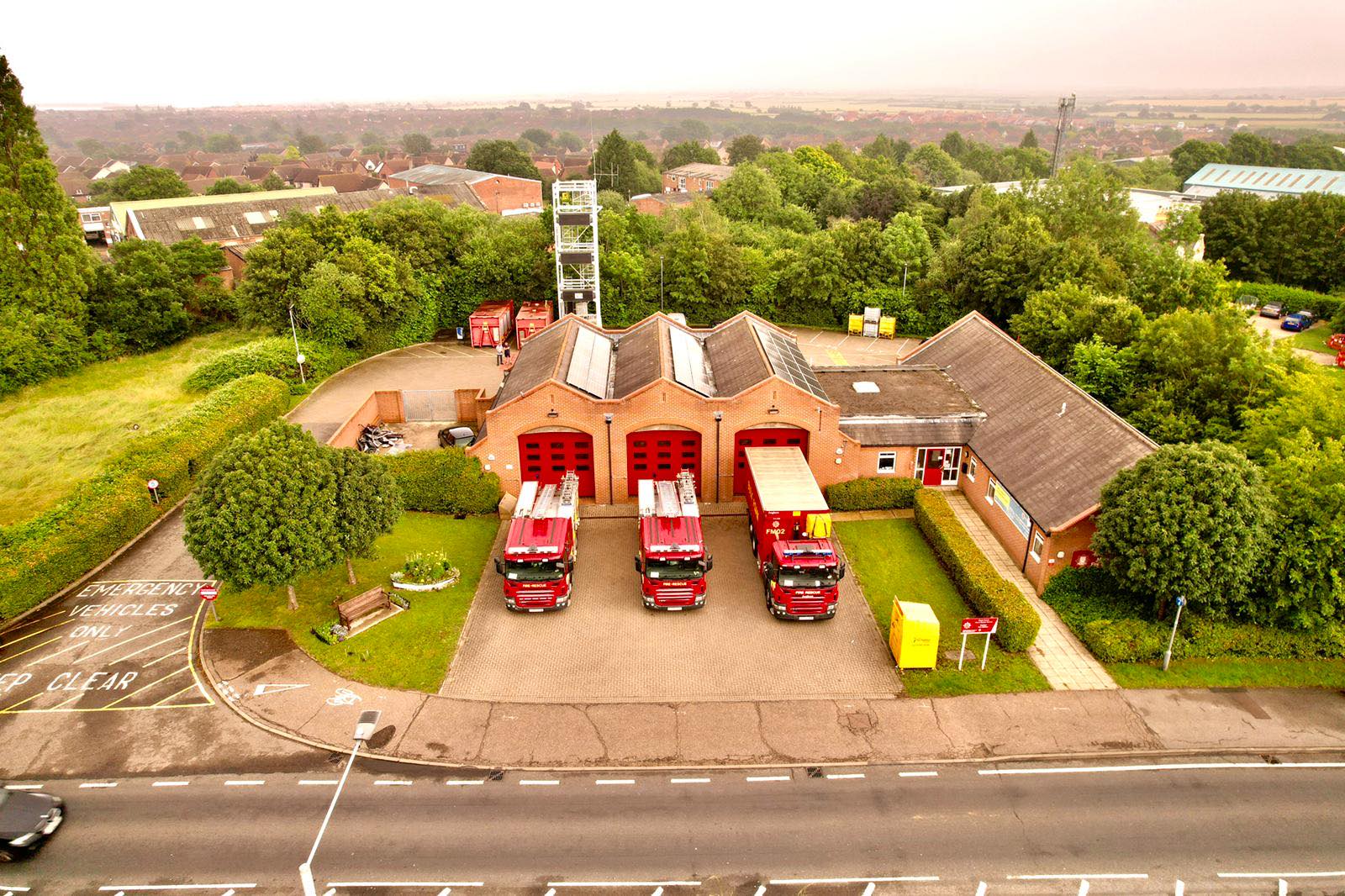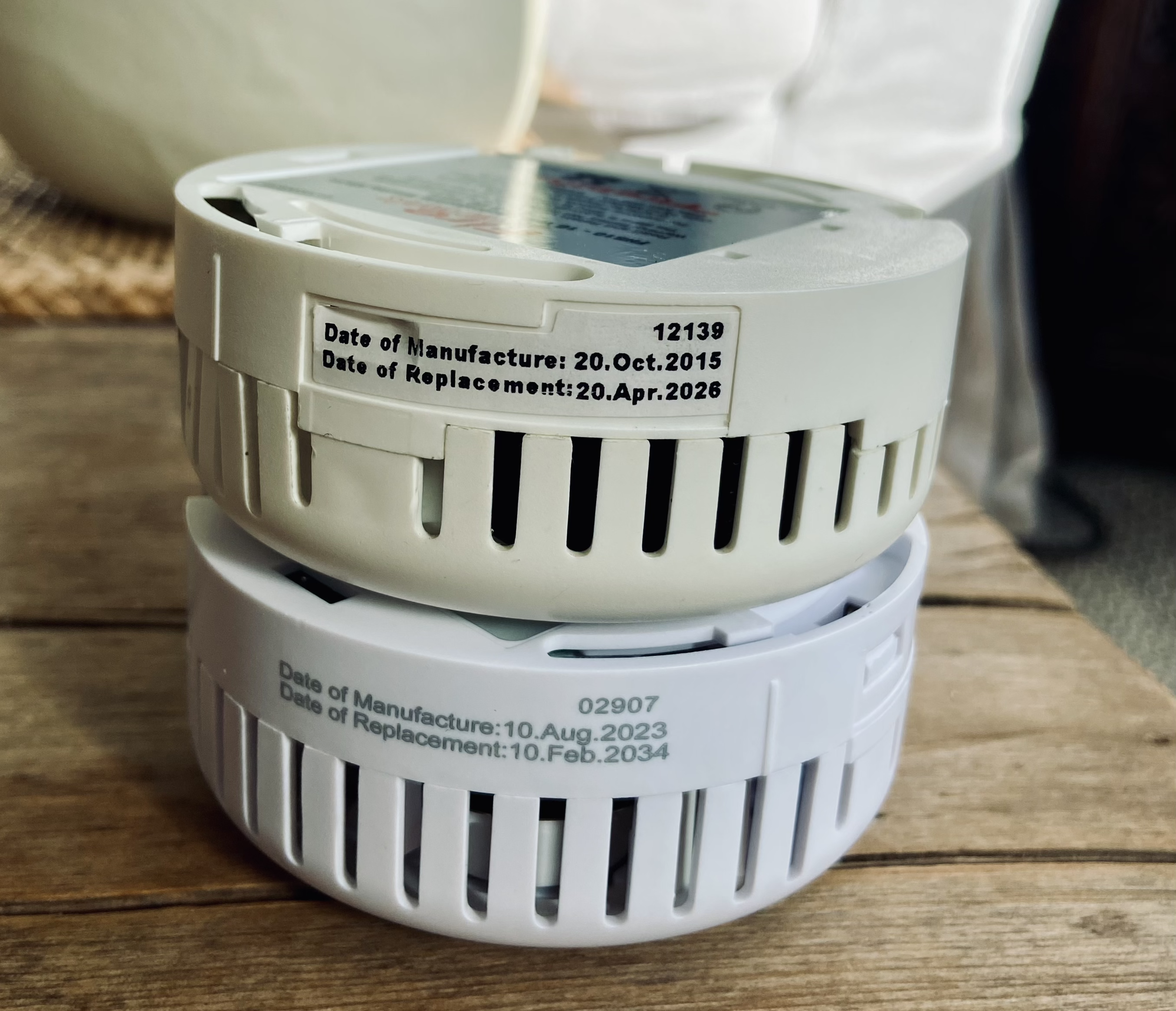A Bit of a Gas, by Mick Ford
Essex County Fire & Rescue Service is fortunate to have one of the best fire museums in Britain. Not only does the museum (based at Grays Fire Station) hold a very fine collection of fire artefacts and vehicles, but it also acts as a centre for fire brigade research. It is with this in mind that our new regular fire articles commence to bring these fascinating stories to light.
At the start of the Great War there were around 100 independent village, town and borough fire brigades in Essex. There were also a similar number of private fire brigades operating within Essex at the time. They largely dealt with fires as they had done for many years, but the war brought new challenges including; manpower shortages, aerial bombardment and shortages of horses and horse feed. Essex brigades dealt with these new challenges in different ways and thankfully were largely successful in meeting these war related trials and tribulations.
In 1918 the Chelmsford Borough Fire Brigade’s problem of horse supply had become critical. To overcome this situation the Brigade purchased a powerful second-hand 18-30hp Panhard saloon car which was converted into a tractor vehicle to pull a steamer by Roslin’s Garage, Springfield Road. By 1920 a small Dennis pump and ladders were fitted, this effectively transformed it into the Borough’s first motor fire engine. Nevertheless, steamers were still used and continued to serve Chelmsford well into the 1920s.
In 1918, one of Chelmsford’s steamers had to undertake an unusual task. The local gas company had recently installed a new gasometer at their Wharf Road gasworks, and were very concerned, that despite careful construction of the gas holder, it might leak coal gas into the atmosphere.
In July the company asked Chelmsford Borough Fire Brigade if they would be kind enough to send one of its steamers to the gasworks, with a view to filling the gasometer with water pumped from the adjacent River Chelmer. This was based on the premise that if it could hold water it might stand a chance of holding gas, and if water leaks were detected they could be repaired forthwith.
The 25 year old Steamer Number One named “Chelmsford” duly arrived and pumped water into the vast structure continuously for eighteen days, which in itself must have been some sort of endurance record!
It is not known if any leaks were detected but the Chelmsford Fire Brigade Committee invoiced the gas company £48 6s 10d (almost £2000 today) for the privilege of finding out. Surely this must have been one of the most unusual activities undertaken by a fire brigade during the Great War and any other war for that matter.
All Fired Up’ is a series of articles written by our Museum volunteers about the history of the fire service in Essex.
Volunteers spend many hours researching the collection, often uncovering untold stories and finding interesting facts that would otherwise be lost.
To share these invaluable snippets of history with you we are making some of this research available. Read the full list here.


